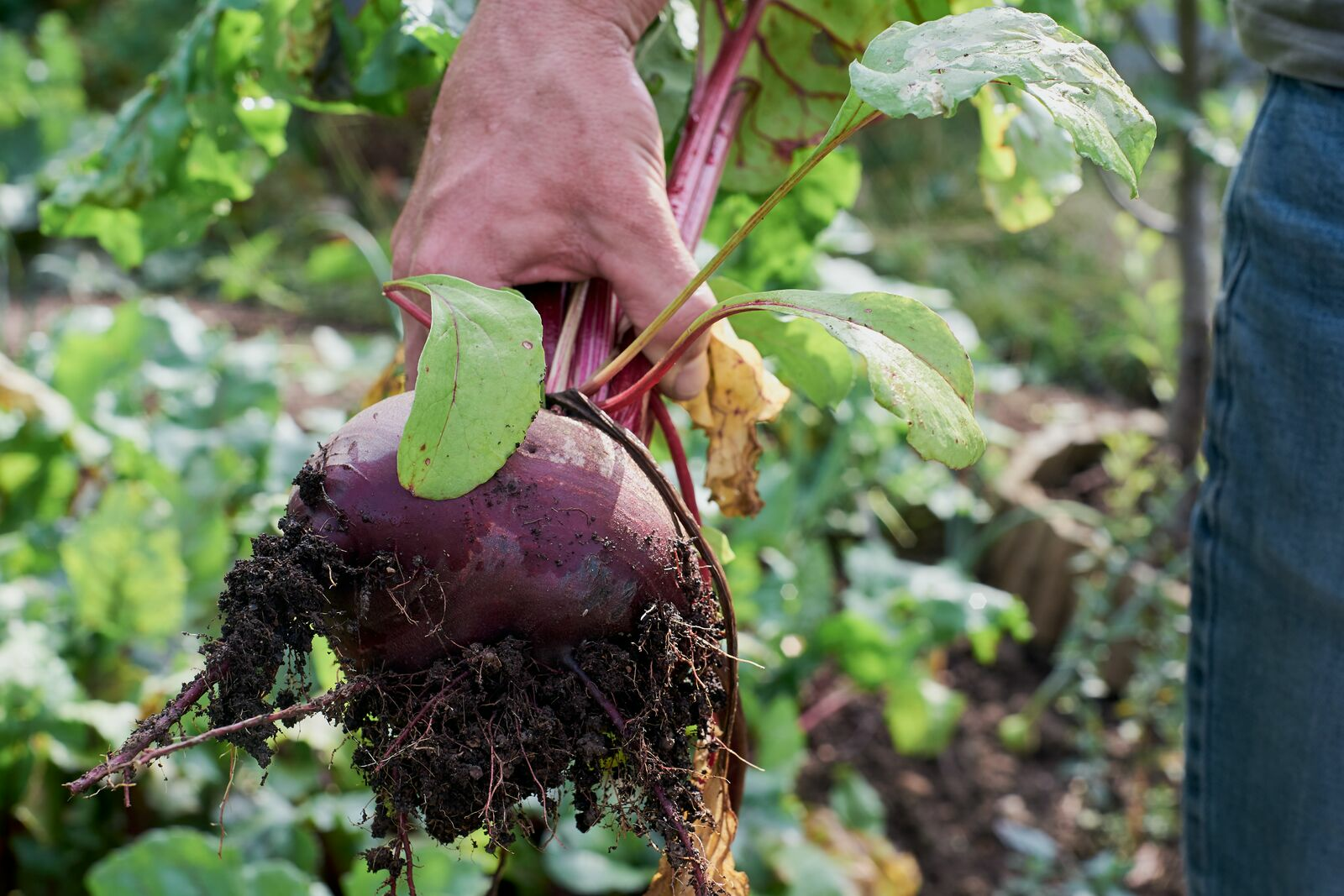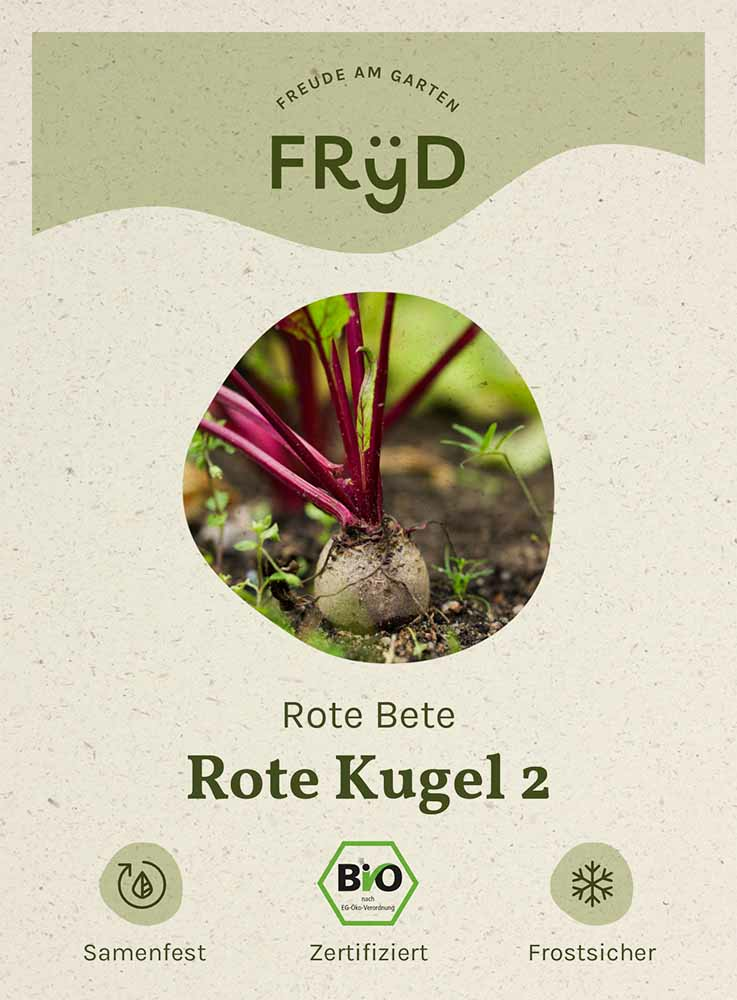Growing beetroot - Good to know
Beetroot - an overview
Beetroot (Beta vulgaris) belongs to the goosefoot family (Chenopodiaceae) and is therefore closely related to spinach and chard. Beetroot is a biennial. In the first year, it forms a rosette of leaves with long stalked leaves and the spherical beetroot. In the second year, the beet goes into flower and develops seeds. In our climates, however, beet must be stored over the winter to produce seeds and planted out again in spring. It is only hardy in Mediterranean regions.
Beet: healthy tubers for the self-catering garden
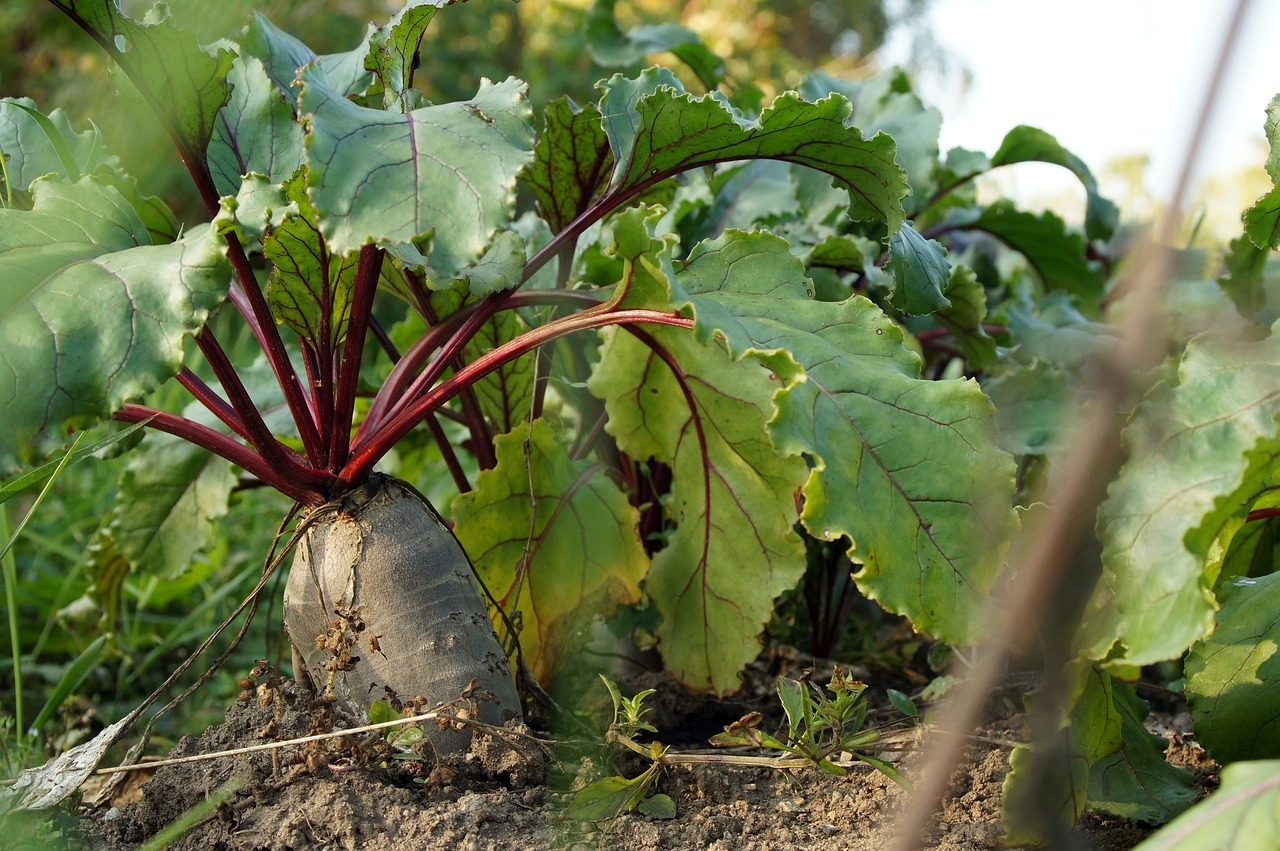
Beet originally comes from the Mediterranean region, but is now widely cultivated as a popular crop. In its storage organ, the beet, the plant concentrates all the important minerals and ingredients. Beet is therefore very rich in vitamin B, potassium, folic acid and iron. It is also said to have a blood-forming effect. In addition to the classic purple-red color, there are also varieties with white, yellow or red and white striped flesh, such as 'Tondo du Chioggia'. Dark varieties generally have a more earthy taste.
Sowing beet - pre-breeding or direct sowing?
Beet grows most vigorously when it is not transplanted, as it has relatively sensitive roots. If you do want to transplant them, choose a moist, overcast day. Growing indoors: March. Plant out: April. Protect with fleece in case of heavy frosts. Direct sowing: April - June. Germination period: approx. 2 weeks. Planting distance: 10 cm, row spacing: 25 cm. Sowing depth: approx. 2 cm.
Fertilizing and caring for beet
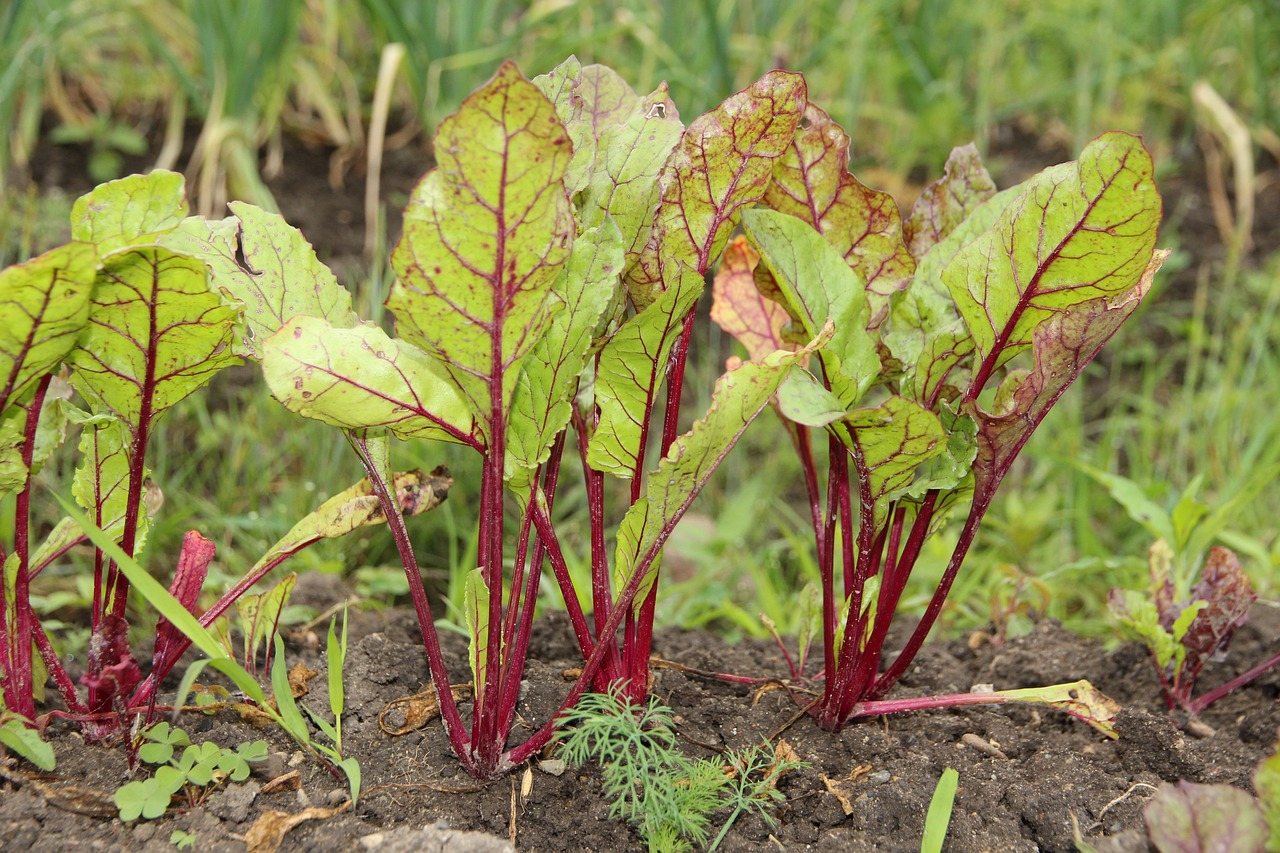
In general, beet is relatively undemanding and easy to care for. In the beginning, you should weed every now and then so that the tender young plants are not crowded out by wild herbs. In order to form beautiful large balls, it always needs sufficient moisture. So make sure that the soil never dries out. Mulching helps to maintain the soil moisture that the beetroot needs. Beet is a medium feeder, so additional fertilization is usually not absolutely necessary. If you wish, you can add compost and mulch to the bed in the fall.
Diseases and pests of beet
The leaves of the beet are usually affected. This often results in plant diseases such as black spot, red spot or angular leaf spot. Beet is also frequently attacked by downy mildew. However, beet is relatively robust. The spots on the leaves are usually harmless and can be tolerated. However, if the discoloration is severe, you should remove the diseased parts of the plant. Spraying horsetail tea on several consecutive days can also help. A decoction with garlic or onions also helps with fungal diseases.
Beet pests
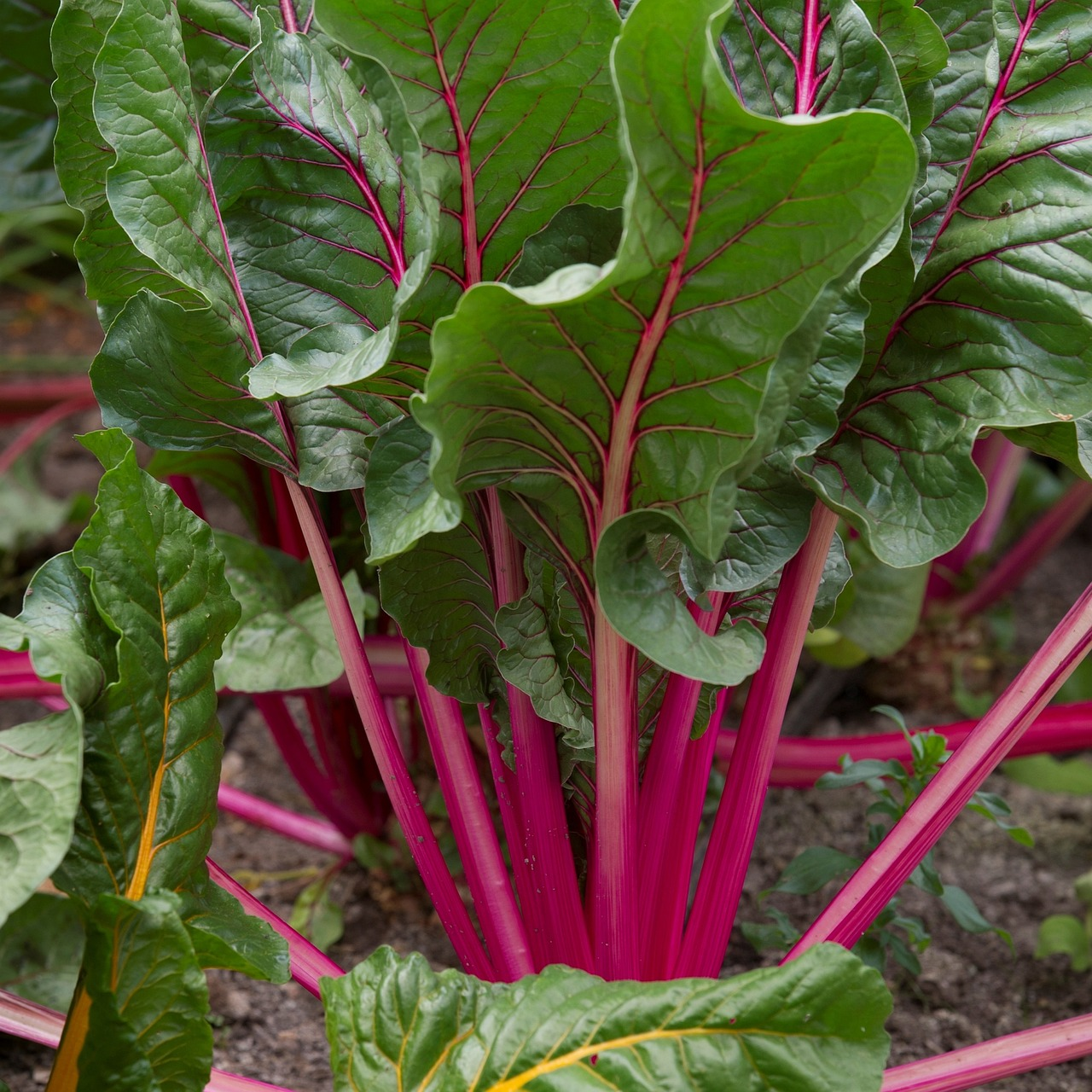
A common pest of goosefoot plants is the beet fly. From the end of April, as well as in July/August, eggs are found on the underside of mostly fully developed leaves. After the larvae hatch, their feeding tunnels become visible on the leaves. The burrows can burst open over time. After 2-3 weeks, the larvae pupate in the soil. Spraying with neem oil can help here.
